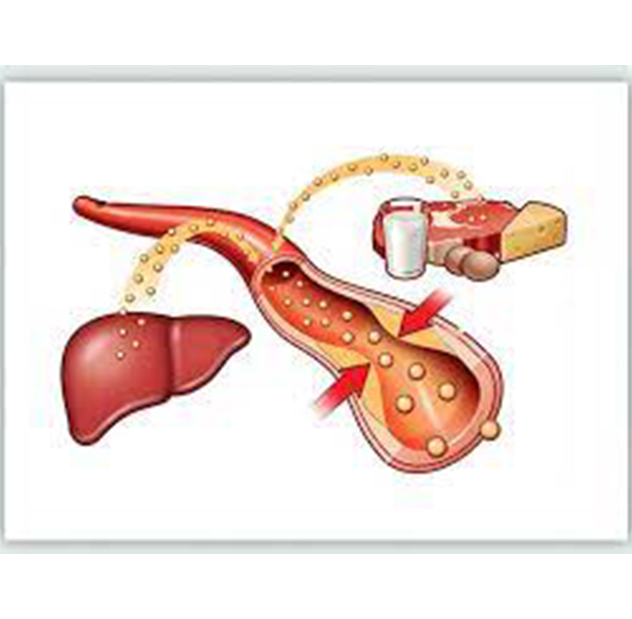
Cardiovascular Diseases can be categorized into cardiac and vascular conditions. Tests offered in-office include ECG, Holter monitor, echocardiogram, venous reflux study, arterial duplex, carotid duplex, stress tests, and nuclear stress tests. Procedures offered in-office include long-term monitors (loop recorders), venous ablations, and pacemaker interrogation. Procedures offered in the hospital include TEE, cardioversion, cardiac catheterization, PCI, peripheral vascular intervention, and carotid stenting. Cardiac conditions include structural or valvular issues, heart failure, cardiac valve leakage or stenosis, coronary artery disease, and electrophysiological (rhythm) disorders such as heart block that may require a pacemaker, SVT, atrial flutter, and atrial fibrillation. Vascular conditions can be arterial or venous and include peripheral vascular disease (PVD) and venous insufficiency.

Heart Failure:Heart failure is a condition in which the heart is unable to pump enough blood to meet the body’s needs. This can occur due to a variety of reasons, including damage to the heart muscle from a heart attack, high blood pressure, or other underlying medical conditions. Symptoms of heart failure can include shortness of breath, fatigue, swelling in the legs and ankles, and difficulty exercising. Treatment for heart failure may include medications, lifestyle changes, and in some cases, surgery or other procedures to improve heart function. It is important for individuals with heart failure to work closely with their healthcare providers to manage their condition and prevent complications.

Valvular Heart Disease:Cardiac valves leakage or stenosis can occur in any of the four valves in the heart: the mitral valve, tricuspid valve, aortic valve, and pulmonary valve. Regurgitation, also known as insufficiency, occurs when the valve does not close properly, causing blood to flow back into the chamber it just left. Stenosis occurs when the valve does not open fully, causing a restriction in blood flow. Both conditions can lead to symptoms such as shortness of breath, fatigue, chest pain, and heart palpitations. Treatment options may include medication, surgery, or valve replacement. It is important to monitor and manage these conditions to prevent further damage to the heart.

Electrophysiological heart disease( rhythm problems): SVT (supraventricular tachycardia) is a type of arrhythmia where the heart beats too fast, originating from the upper chambers of the heart. It can cause symptoms such as palpitations, shortness of breath, and dizziness. Atrial flutter is a type of arrhythmia where the upper chambers of the heart beat too fast and in a regular pattern. It can cause symptoms similar to SVT. Atrial fibrillation is a type of arrhythmia where the upper chambers of the heart beat irregularly and often too fast. It can cause symptoms such as palpitations, shortness of breath, and fatigue. It is a common condition and can increase the risk of stroke if left untreated.Heart block → pacemaker Heart block is a condition where the electrical signals that control the heartbeat are delayed or blocked, leading to a slower heart rate. In severe cases, a pacemaker may be needed to regulate the heartbeat.

Peripheral vascular disease:PVD (Peripheral Vascular Disease) is a condition that affects the blood vessels outside of the heart and brain, usually in the legs. It is caused by a buildup of plaque in the arteries, which can lead to reduced blood flow and oxygen to the affected area. This can cause pain, numbness, and weakness in the legs, and can also increase the risk of heart attack and stroke.

Venous insufficiency; Varicose Veins; Lower extremity swelling: Venous insufficiency, on the other hand, is a condition that affects the veins in the legs. It occurs when the valves in the veins become damaged or weakened, which can cause blood to flow backwards and pool in the legs. This can lead to swelling, pain, and varicose veins. Venous insufficiency is often caused by prolonged sitting or standing, obesity, or pregnancy.

Coronary artery disease: (CAD) is a condition in which the arteries that supply blood to the heart become narrowed or blocked due to the buildup of plaque. This can lead to chest pain (angina), shortness of breath, heart attack, and other serious complications.

Hypertension : High blood pressure.

Hyperlipidemia : high cholesterol or high fat in the blood.

Atherosclerosis:is a condition in which plaque builds up inside the arteries, causing them to narrow and harden. This can lead to reduced blood flow to the organs and tissues, increasing the risk of heart attack, stroke, and other cardiovascular diseases. The plaque is made up of cholesterol, fat, calcium, and other substances that accumulate over time. Risk factors for atherosclerosis include high blood pressure, high cholesterol, smoking, diabetes, obesity, and a family history of the condition. Treatment may include lifestyle changes, medications, and in severe cases, surgery. Prevention is key, and involves maintaining a healthy diet, exercising regularly, not smoking, and managing any underlying health conditions.